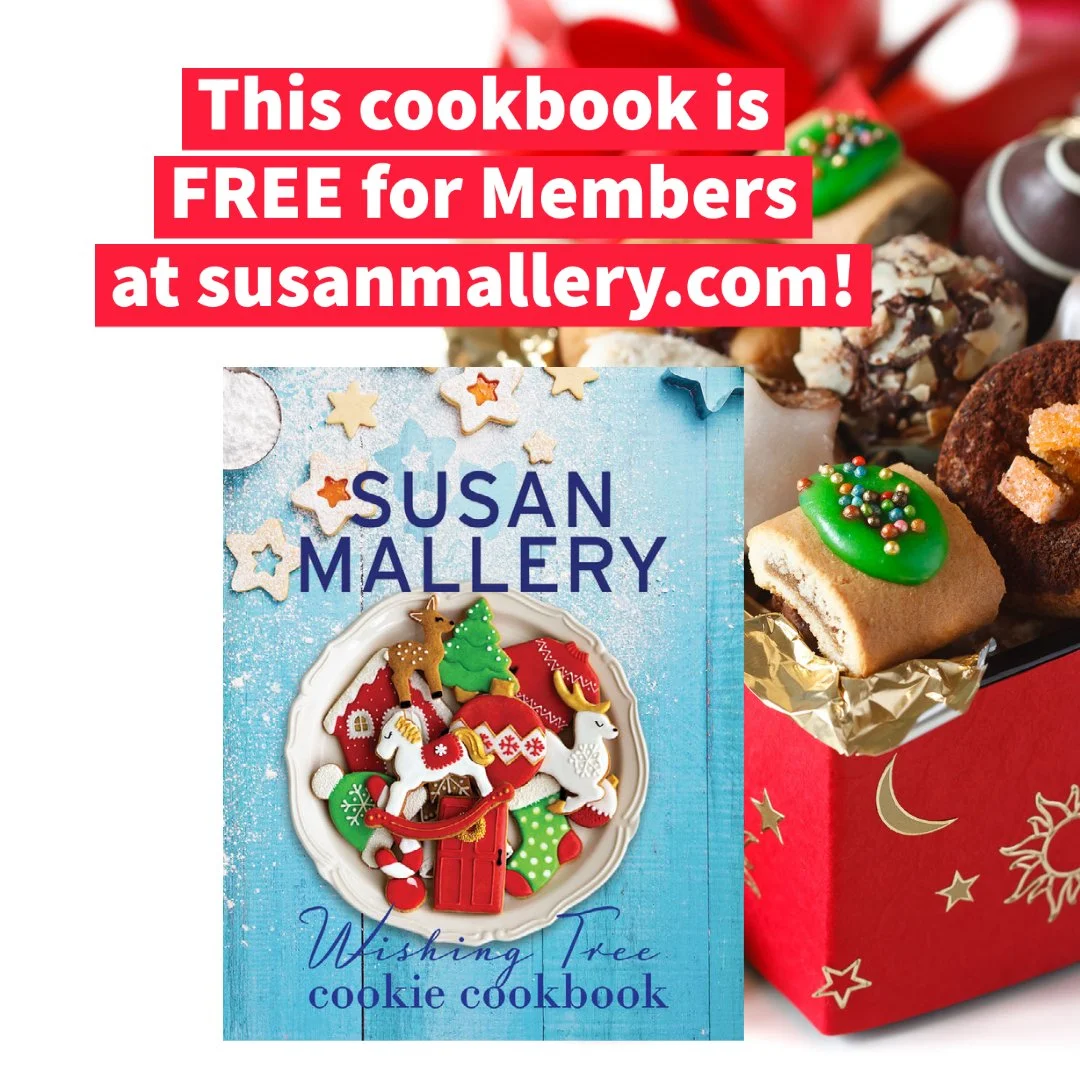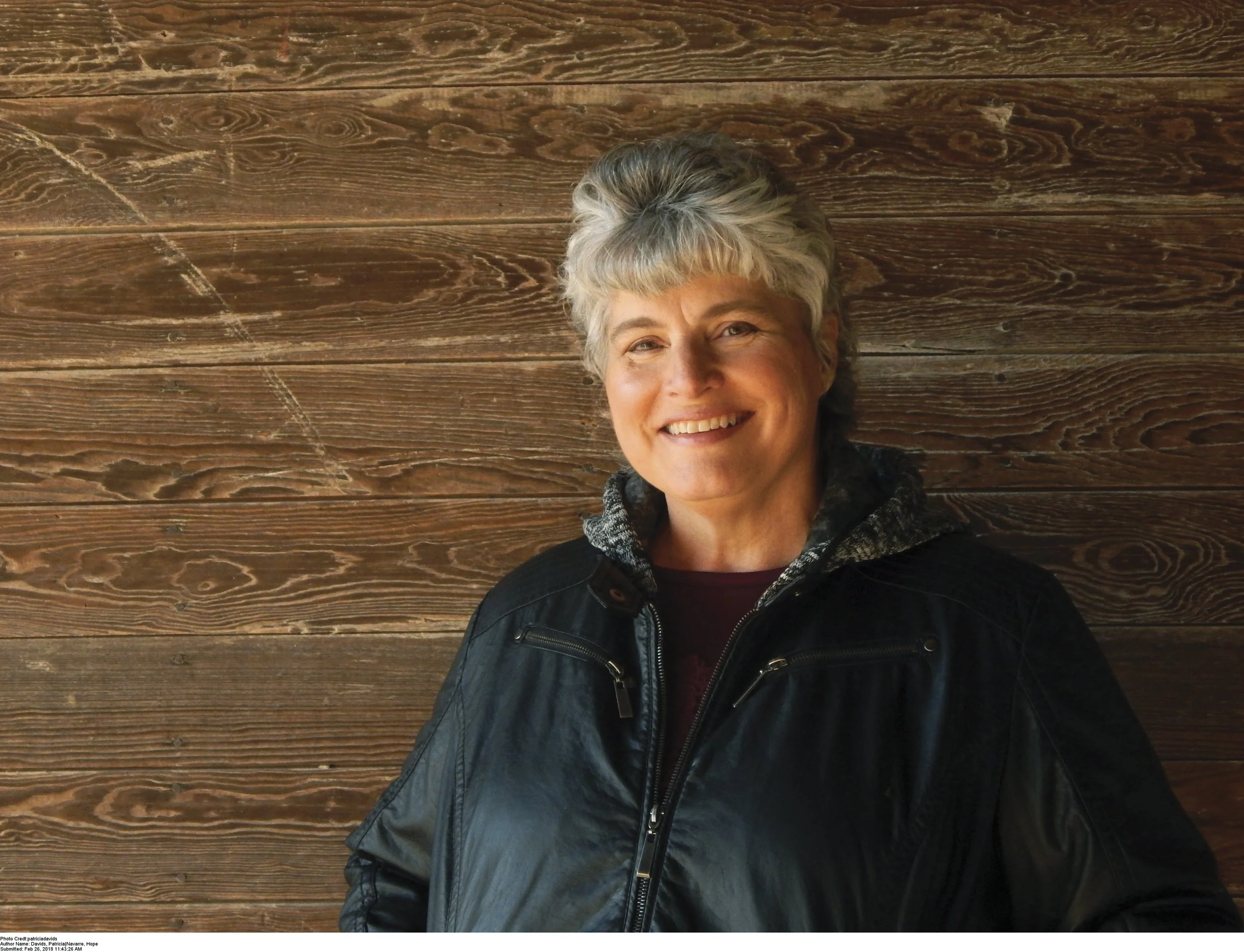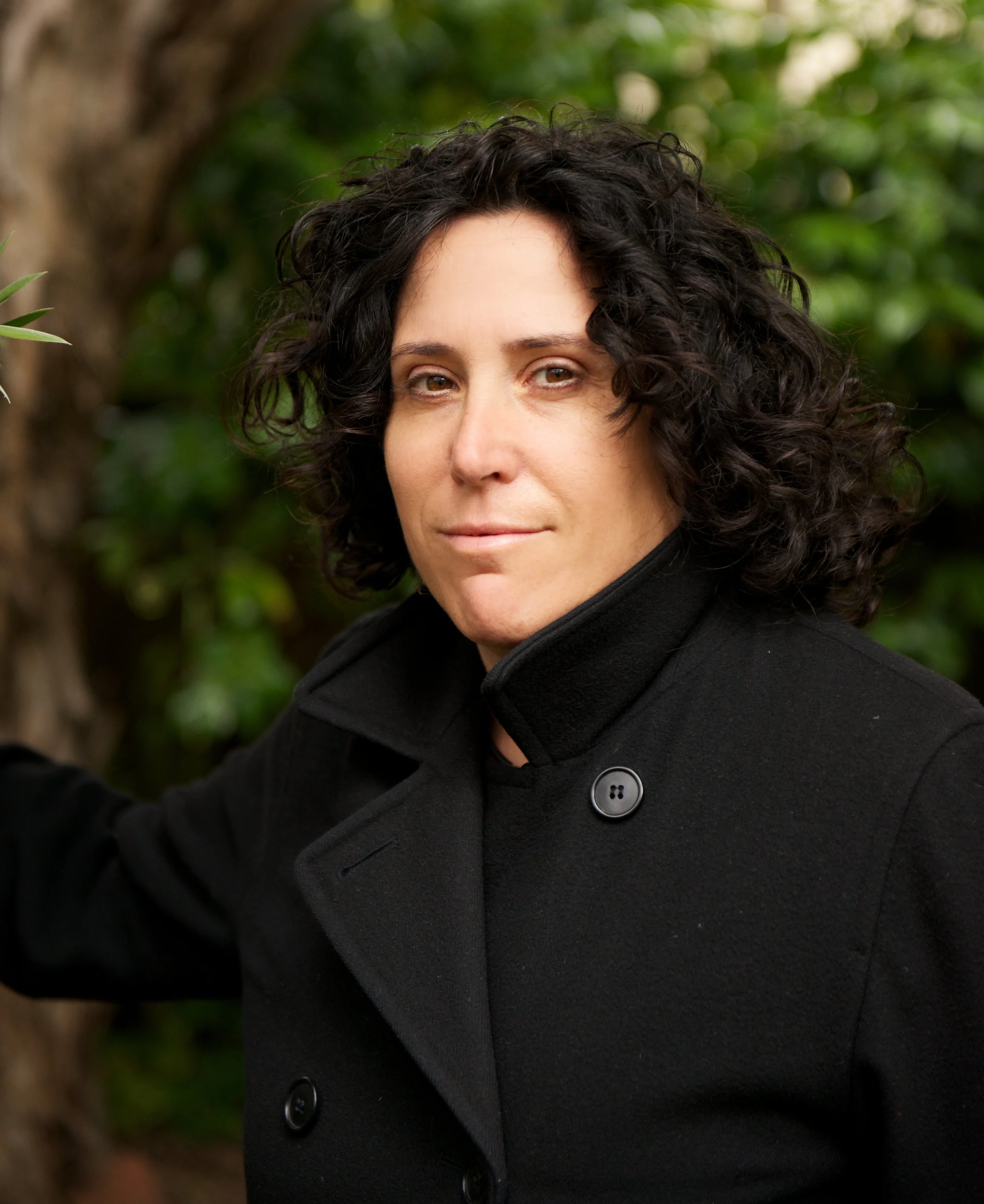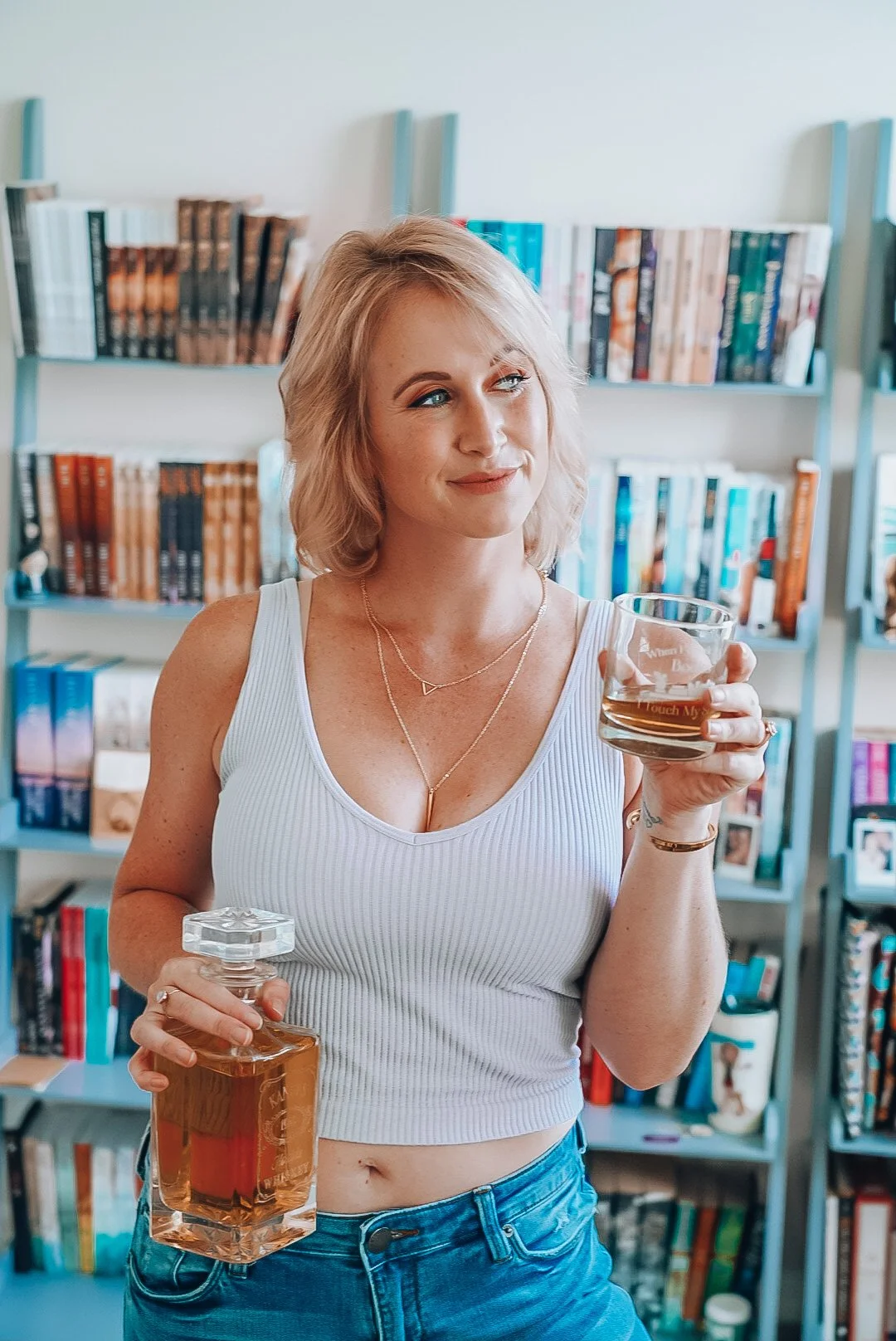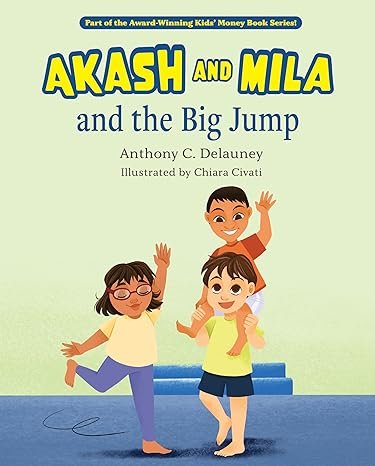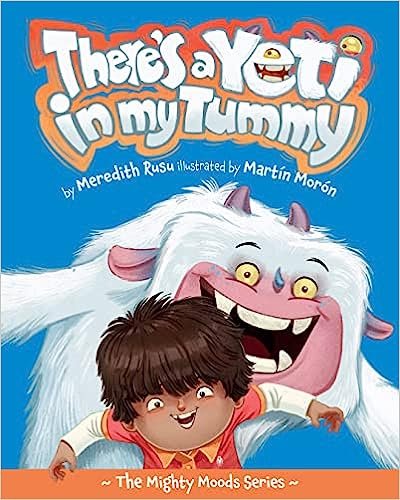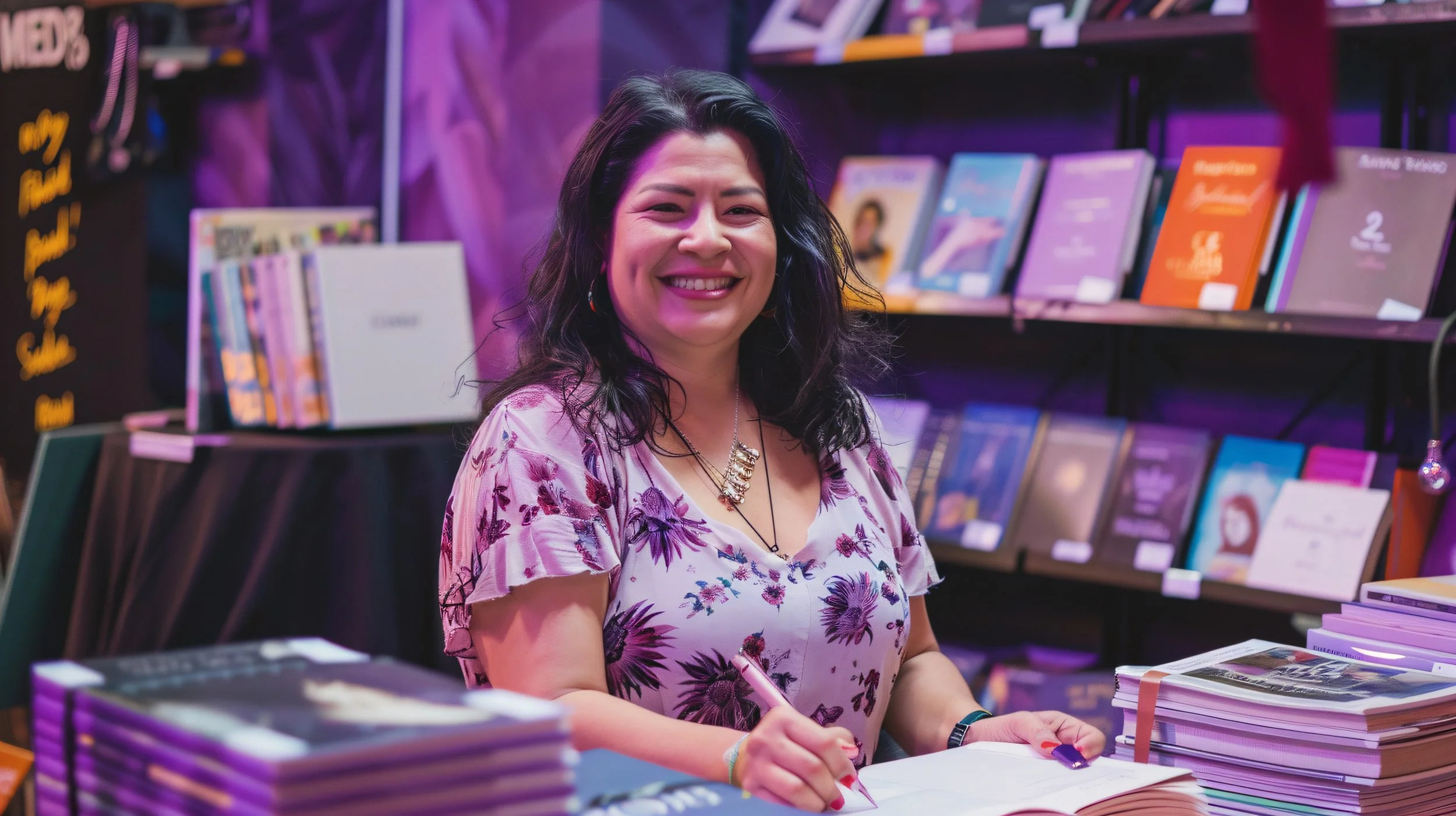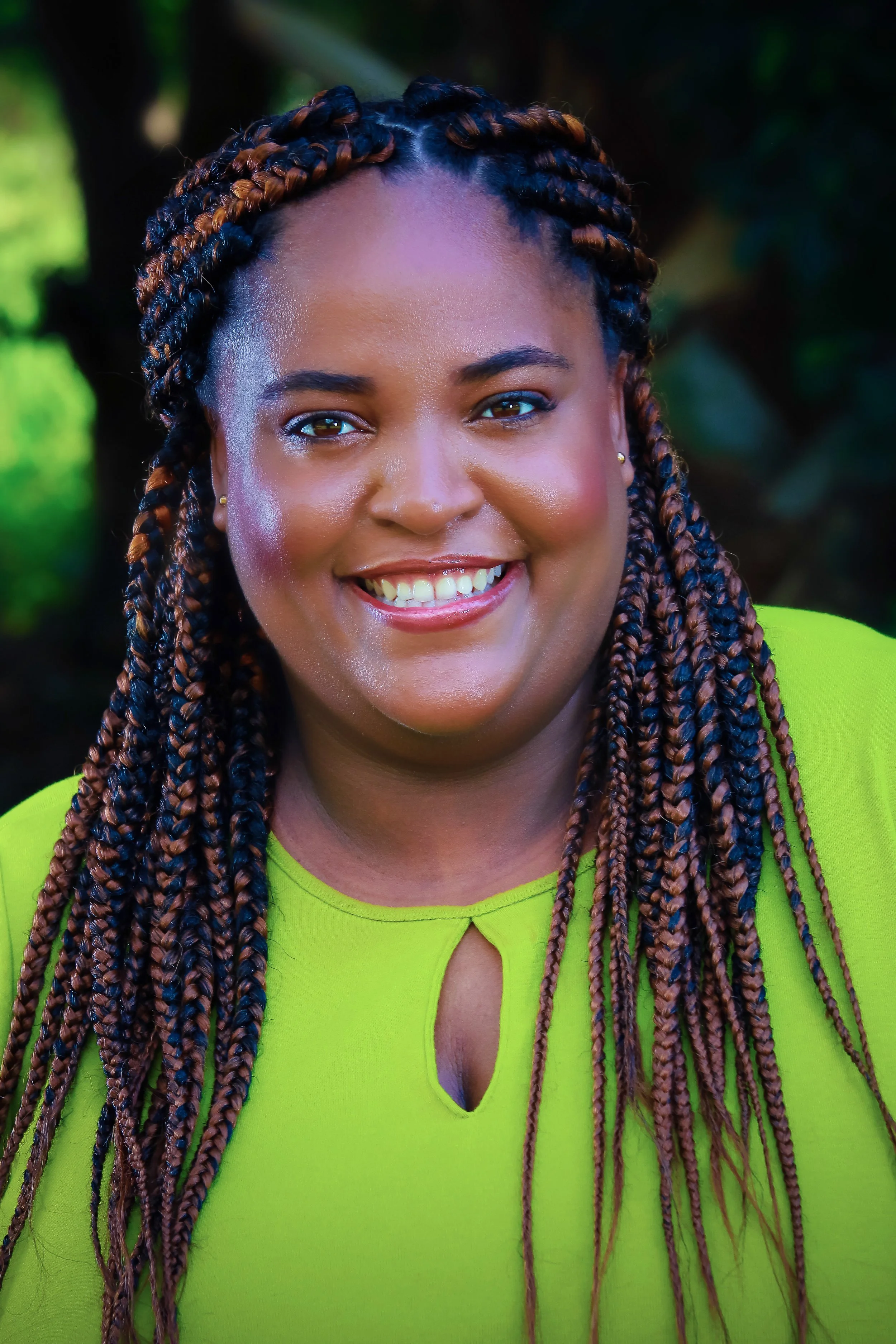Q&A with Susan Mallery, Home Sweet Home
/What inspired Home Sweet Christmas?
Inspiration is interesting—it can come from anywhere, or from seemingly nowhere. In the case of Home Sweet Christmas, the season itself inspired the story. The town of Wishing Tree, Washington, is all about Christmas, so every book set in Wishing Tree has a Christmas theme. (The first book in the series, The Christmas Wedding Guest, came out last year. Each book can be read as a standalone.)
So that was my starting point, knowing that this book would have a holiday theme. To me, it’s important for a Christmas book to be intrinsically Christmas-themed, not just a story that could happen at any time of year. I brainstormed lots of possibilities.
I landed on ideas for the two heroines (Home Sweet Christmas is two romances in one). In one storyline, Camryn’s mother passed away last year, so Camryn gave up everything—her career, her condo, her fiancé, and her big-city life in Chicago—to move home to care for her sisters and run the family business, a gift-wrapping specialty store called Wrap Around the Clock. She plans to get back to her “real life” as soon as her sisters graduate high school, so the last thing she wants to do is to fall in love. Still, a little temporary romance with Jake, her teenage crush, sounds like a welcome distraction.
In the second storyline, River is new in town and very shy. To coax her out of her shell, her new friends nominate her for Snow Queen, a crown that River is reluctant to accept—until she meets the very handsome Snow King, Dylan. But River has been burned before by a man with too many secrets, and Dylan is hiding something big.
You’re so wonderful at writing emotional scenes. Do you have any tips for writers who want to portray difficult issues like betrayal or loss of a loved one in their books?
The emotion springs from character. Every person will react differently to betrayal or loss, so it’s important that you fully develop your characters so that they essentially take over. Emotions are nuanced and infinitely complex, and our reactions are colored by everything we have experienced and observed throughout our lives. Put yourself inside your character’s mind and heart fully before you start writing the scene.
If I’m not feeling something as I write the scene, readers won’t feel it as they read. Writing these scenes is not an intellectual exercise—it’s visceral, emotional. If the feeling isn’t there for me, I stop writing and take a few minutes to get myself there. I have to be fully immersed in a character’s point-of-view in order to write these pivotal scenes.
Your novels are always gripping, realistic and romantic. How do you come up with your plots?
In the world of fiction-writing, there’s a spectrum of plotters versus those who write “from the seat of their pants,” or pantsers. I am on the extreme plotter end of this spectrum, meaning that I write a very detailed plot for a book before I begin writing it. Far from limiting me, this roadmap frees me to immerse myself in the emotions of the characters because I’ve already untangled any snags in the story.
I start to develop a story idea in my head, jotting down notes but mostly just giving my mind the freedom to roam. At this stage, it’s mostly about thinking about the characters and their backstory.
Then I write one scene for each point-of-view character. In the case of Home Sweet Christmas, this meant that I wrote one scene each for Camryn, Jake, River and Dylan. I write until that character clicks in my head and feels like a real person with thoughts and feelings of her or his own. Then I stop writing and plot that character’s storyline onto index cards. I do that for each character, and then I sit down with the index cards and weave the storylines together. Then I number the cards and start writing.
My plotting is essentially the world’s shortest first draft. There are bits of dialogue, but mostly it’s a scene-by-scene synopsis of what’s going to happen in the book.
In case you’re curious, here are the first few paragraphs from Home Sweet Christmas:
“Your teeth are lovely, Camryn. Did you wear braces as a child?”
Camryn Neff reminded herself that not only was the woman sitting across from her a very wealthy potential client, but also that her mother had raised her to be polite to her elders. Still, it took serious effort to keep from falling out of her chair at the weirdness of the question.
“No. This is how they grew.”
Hmm, that didn’t sound right, although to be honest, she didn’t have a lot of experience when a conversation turned dental.
Is it difficult to come up with a specific Holiday themed novel every year?
It’s definitely a challenge! Not only because the story needs to be holiday-centric but feel different from all the other Christmas books I’ve written, but because of the very tight timeline. Home Sweet Christmas starts a couple weeks before Thanksgiving, so that gave me a little breathing room, but for all intents and purposes, when you write a Christmas book the characters have to fall in love in about four weeks. And it needs to happen in such a way as to feel completely genuine, so readers feel confident that the love will last forever.
Do you decorate your writing room when you are writing a holiday book?
No, but I do pull out my Grinch ornament, which helps me get in the spirit.
What’s your favorite holiday tradition?
I love to adopt a family through a local program. Mr. Mallery and I take great joy in finding special gifts that are unique to every family member—some from their wish list, and some surprises that we hope they’ll enjoy.
Rumor has it that you’ve created a cookie cookbook that you’re giving away for free. True?
True! The Wishing Tree Cookie Cookbook is available for free in the Members area at SusanMallery.com to anyone who wants it. It includes 160 recipes submitted by readers, with lots of pictures. It’s a PDF file, but I will also be giving away a printed copy of the cookbook every Tuesday from October 4 through December 20 on my Facebook page. I’ll also give away three as door prizes at my virtual event with Debbie Macomber on November 9. Details and registration at https://bit.ly/debbieandsusan
What’s next for you?
The Sister Effect will be coming in March. It’s both one of the most emotional stories I’ve ever written and one of the funniest. Finley and Sloane were really tight when they were growing up. Their mom kept leaving them with their grandpa while she went on the road with theatre troupes, so they had to watch out for each other. But as they grew up, they made different choices that drove a wedge between them. The Sister Effect is a beautiful, uplifting story of forgiveness and reconciliation and the importance of family.
Buy on Amazon | Audible | Bookshop.org

